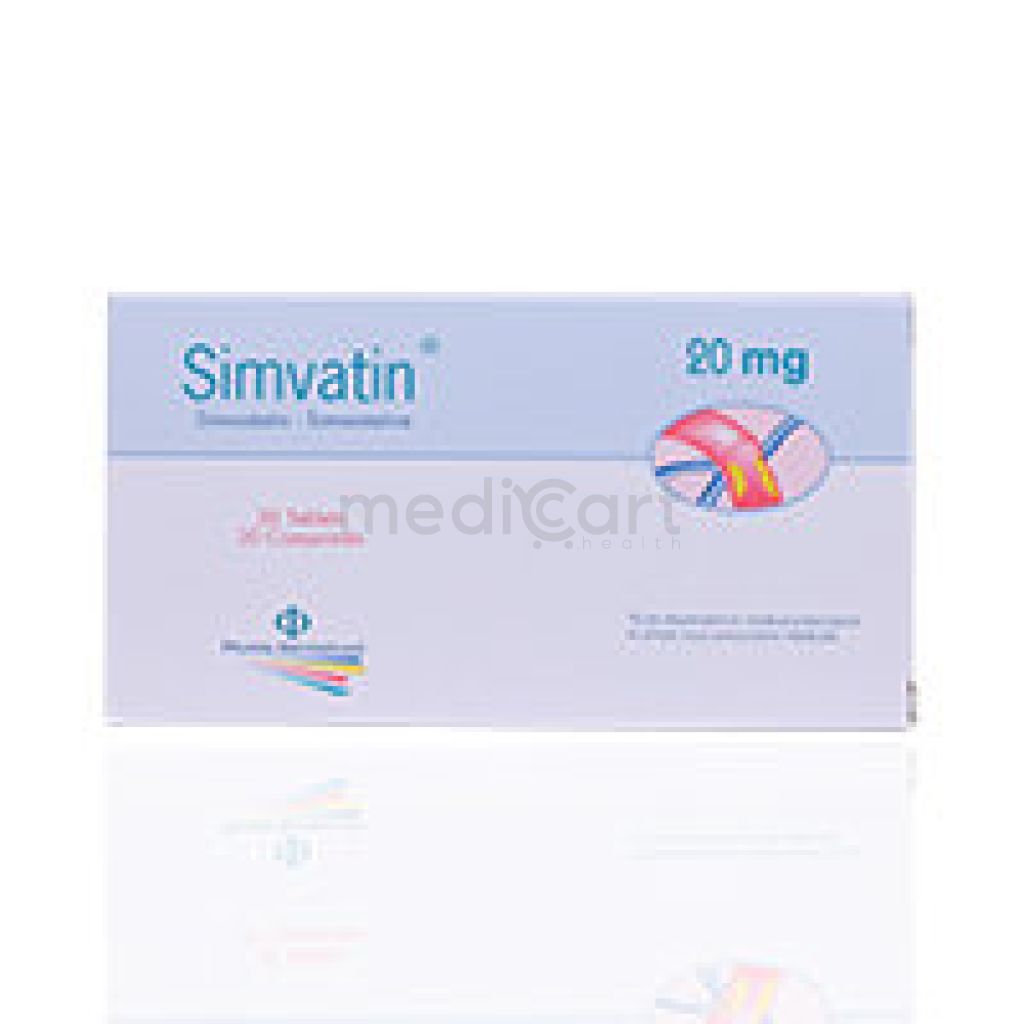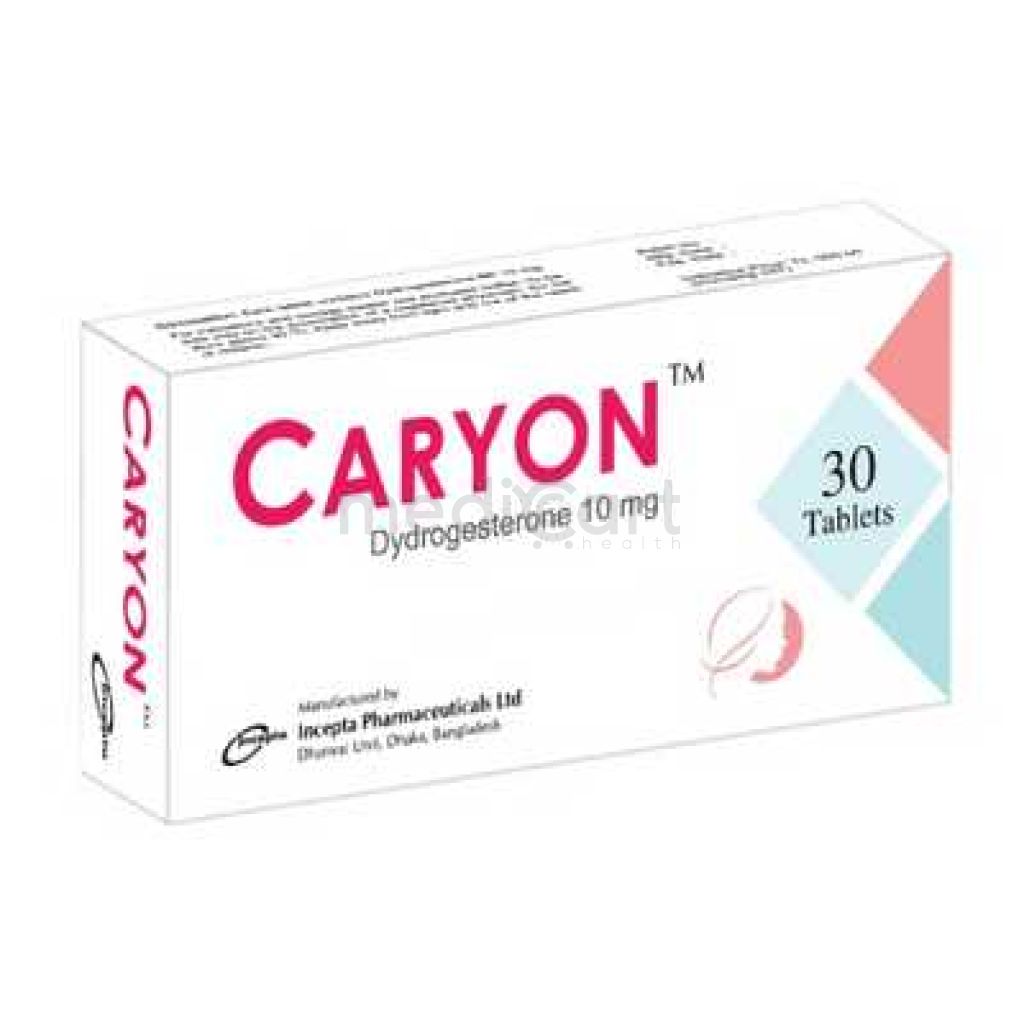

Simvatin 10mg
Tablet
Pack Size :
10 Tablet x 1 strip
Generics :
Simvastatin
Manufacturer :
Acme Laboratories Ltd.
Best Price *
TK
110.00
* Delivery will be done in Dhaka city only.
More Information About - Simvatin 10mg
Description
Generic Name
SimvastatinPrecaution
History of liver disease. Increased risk of rhabdomyolysis in severe infection, hypotension, major surgical trauma, uncontrolled seizures or severe metabolic, endocrine and electrolyte disorder. Alcoholism; premenarcheal females; children <10 yr. Discontinue treatment if there is marked or persistent increase in serum-aminotransferase concentrations. Monitoring Parameters Monitor creatine kinase (CK) periodically and LFT. Discontinue if there is significant or persistent increase in CK levels, serum aminotransferase levels or evidence of myopathy. Lactation: Contraindicated; potentially unsafeIndication
Hyperlipidaemias, stroke preventionContra Indication
Acute liver disease or unexplained persistent elevations of serum transaminases. Patients of Chinese descent should not take simvastatin 80 mg/day w/ lipid-modifying dose of niacin-containing products (?1 g). Simvastatin 80 mg should not be started in new patients and to those taking lower doses. Concurrent use w/ potent CYP3A4 inhibitors e.g. itraconazole, ketoconazole, posaconazole, clarithromycin, erythromycin, telithromycin, nefazodone, HIV protease inhibitors (e.g. nelfinavir), boceprivir, telaprevir., gemfibrozil, ciclosporin, danazol, grapefruit juice. Pregnancy and lactation.Dose
N/ASide Effect
1-10% CPK elevation (>3x ULN) (5%),Constipation (2%),Upper respiratory infection (9%),Flatulence (1-2%),Transaminases increased (>3x ULN) (1%),Headache (3-7%),Myalgia (5%),Eczema (5%),Vertigo (5%),Abdominal pain (7%) <1% Myalgia,Myopathy,Arthralgia,Arthritis,Eosinophilia,Chills,Angioedema,Rhabdomyolysis,Abdominal pain Potentially Fatal: Severe rhabdomyolysis with acute renal failure.Pregnancy Category
Name : Not Classified
Description
FDA has not yet classified the drug into a specified pregnancy category.Mode of Action
Simvastatin, an antilipemic agent is a competitive inhibitor of HMG-CoA reductase, the enzyme that catalyses the early and rate-limiting step in cholesterol biosynthesis reduces total cholesterol, LDL-cholesterol and triglycerides and increases HDL-cholesterol levels.Interaction
May increase bleeding risk w/ anticoagulants. Reduced serum levels w/ bosentan, efavirenz and rifampicin. Increased risk of myopathy and rhabdomyolysis w/ colchicine, amiodarone, verapamil and diltiazem. Increased risk of myopathy w/ amlodipine, fusidic acid. Potential reduction of cytotoxic effect of rituximab. Increased hepatotoxicity w/ ezetimibe. Potentially Fatal: Concurrent use w/ itraconazole, ketoconazole, posaconazole, clarithromycin, erythromycin, telithromycin, nefazodone, niacin, HIV protease inhibitors (e.g. nelfinavir), boceprivir, telaprevir, gemfibrozil, ciclosporin and danazol may increase the risk of myopathy, rhabdomyolysis and acute renal failure.Pregnancy Category Note
Pregnancy Contraindicated in women who are or may become pregnant Lipid lowering drugs offer no benefit during pregnancy, because cholesterol and cholesterol derivatives are needed for normal fetal development Atherosclerosis is a chronic process, and discontinuation of lipid-lowering drugs during pregnancy should have little impact on long-term outcomes of primary hypercholesterolemia therapy There are no adequate and well-controlled studies of use with statins during pregnancy; however, there are rare reports of congenital anomalies in infants exposed to statins in utero Lactation Unknown if simvastatin excreted in human milk; because a small amount of another drug in this class is excreted in human milk and because of the potential for serious adverse reactions in nursing infants, women taking simvastatin should not breastfeed A decision should be made whether to discontinue nursing or discontinue drug, taking into account the importance of the drug to the motherAdult Dose
Oral Hyperlipidaemias, Hypercholesterolemia Adult: Initially, 10-20 mg once daily. Patients w/ high CV risk or require a large reduction in cholesterol: Initially, 40 mg once daily. May adjust dose at intervals of at least 4 wk to max 80 mg once daily. All doses to be taken in the evening. Patients w/ homozygous familial hypercholesterolaemia: 40 mg once daily in the evening or 80 mg/day in 3 divided doses of 20 mg, 20 mg and an evening dose of 40 mg. Cardiovascular risk reduction Adult: High-risk patients (e.g. patients w/ DM or atherosclerotic CV disease): 20-40 mg once daily. Moderate-risk patients: 10 mg once daily. Dosage Modifications Coadministration with dronedarone, verapamil, or diltiazem: Do not exceed 10 mg/day Coadministration with amiodarone, amlodipine, or ranolazine: Do not exceed 20 mg/day Lipid determinations should be performed after 4 weeks of therapy and periodically thereafter 80 mg/day should be used only for individuals who have been taking simvastatin 80 mg chronically (eg, >12 months) without evidence of myopathy or rhabdomyolysis Patients tolerating 80 mg who need to be initiated on an interacting drug that is contraindicated or associated with a maximum dose for simvastatin should be switched to an alternative statin with less potential for drug-drug interactions Patients unable to achieve their LDL-C goal utilizing 40 mg/day should not be titrated to 80 mg (increased risk for myopathy) but should instead be placed on alternative LDL-C-lowering treatment that provides greater LDL-C loweringChild Dose
Child Heterozygous familial hypercholesterolaemia: 10-17 yr Initially, 10 mg once daily May increase at intervals of 4 wk to max 40 mg/day. All doses to be taken in the evening. Hypercholesterolemia <10 years: Safety and efficacy not establishedRenal Dose
Renal impairment: Mild to moderate: No dosage adjustment needed. Severe: Initially, 5 mg once daily w/ close monitoring.Administration
May be taken with or without food.Disclaimer
The information provided herein are for informational purposes only and not intended to be a substitute for professional medical advice, diagnosis, or treatment. Please note that this information should not be treated as a replacement for physical medical consultation or advice. Great effort has been placed to provide accurate and comprehensive data. However, Medicart along with its authors and editors make no representations or warranties and specifically disclaim all liability for any medical information provided on the site. The absence of any information and/or warning to any drug shall not be considered and assumed as an implied assurance of the Company.






